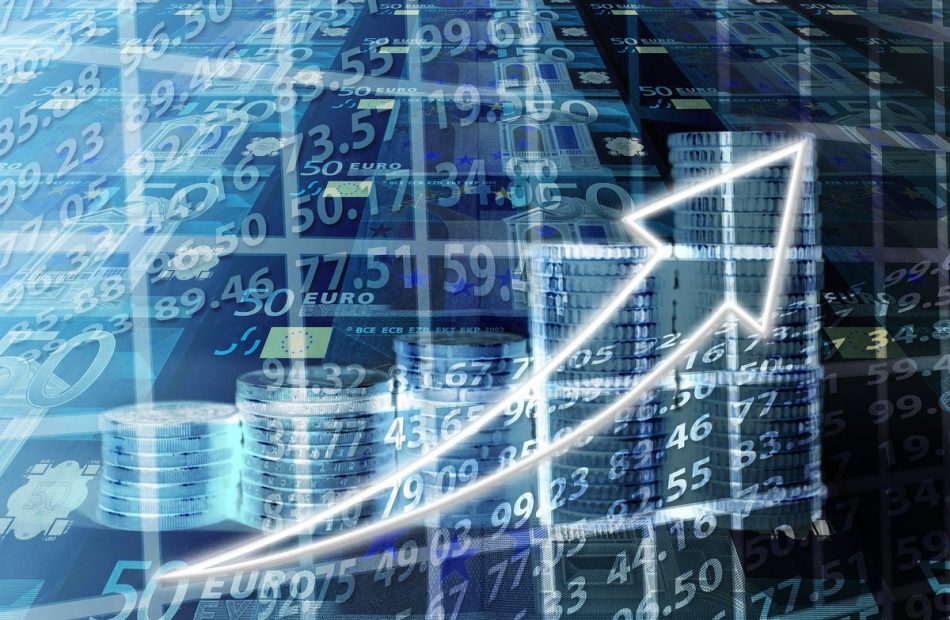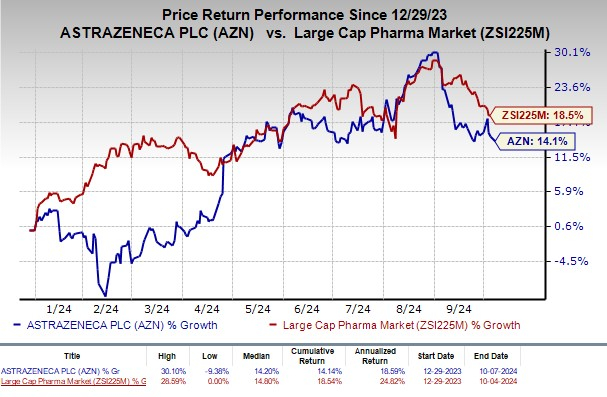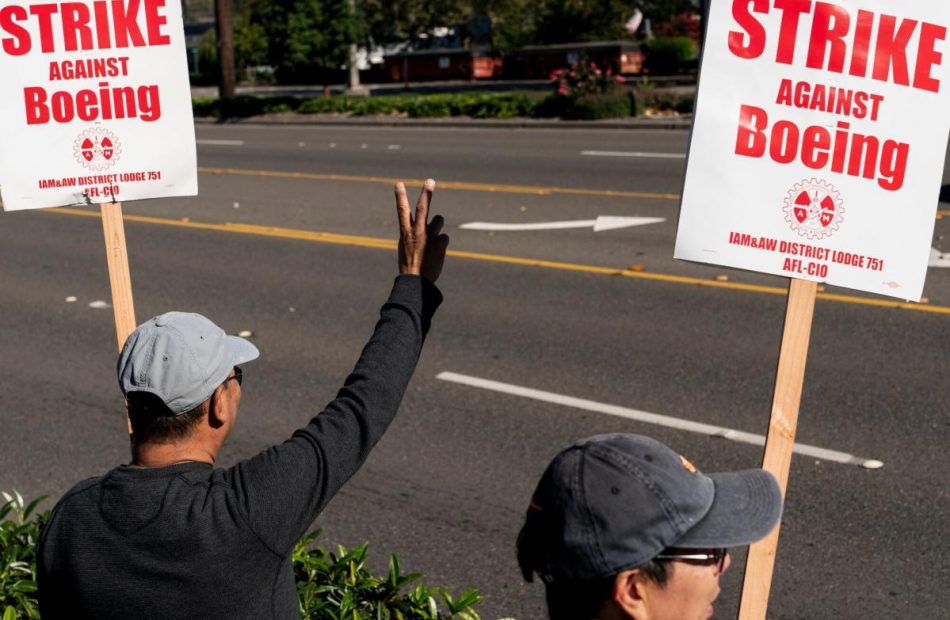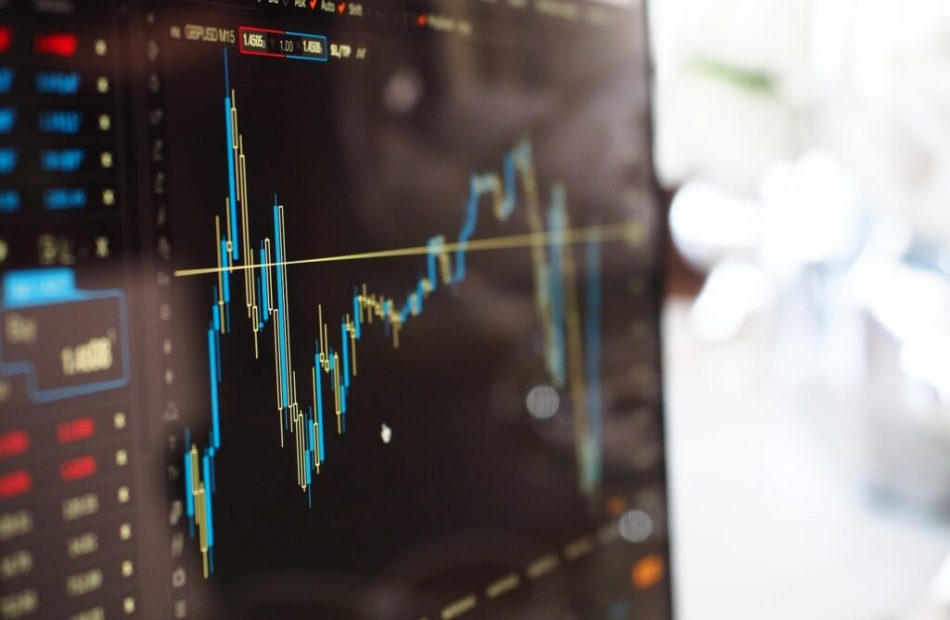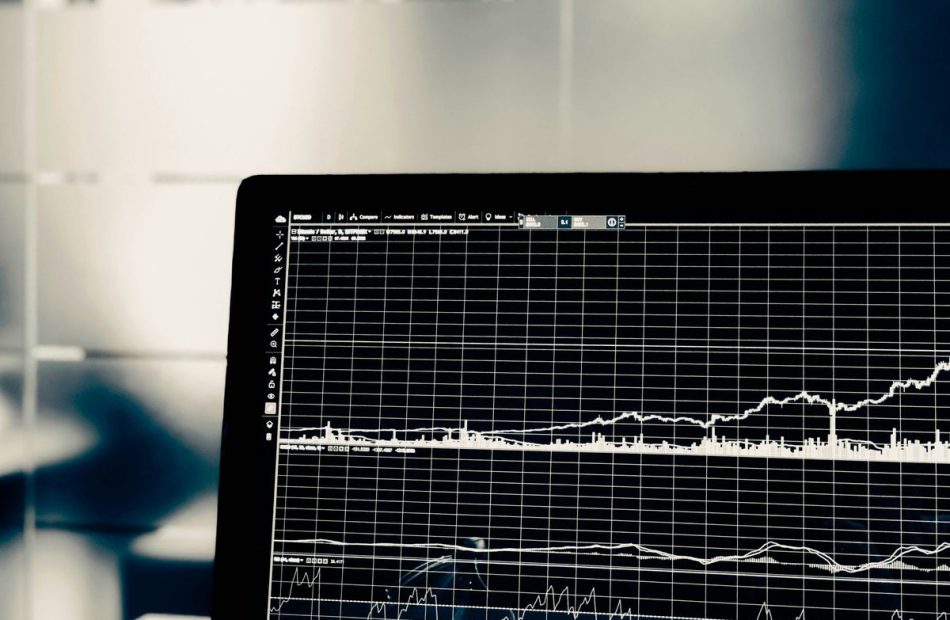Jeffrey Dierks, Chief Commercial Officer at Harmony Biosciences HRMY, reported an insider sell on October 7, according to a new SEC filing.
What Happened: Dierks opted to sell 36,357 shares of Harmony Biosciences, according to a Form 4 filing with the U.S. Securities and Exchange Commission on Monday. The transaction’s total worth stands at $1,274,546.
Monitoring the market, Harmony Biosciences‘s shares up by 0.35% at $34.5 during Tuesday’s morning.
Unveiling the Story Behind Harmony Biosciences
Harmony Biosciences Holdings Inc is a commercial-stage pharmaceutical company focused on developing and commercializing therapies for patients living with rare neurological diseases who have unmet medical needs. The company’s product WAKIX (pitolisant), is a molecule with a novel mechanism of action specifically designed to increase histamine signaling in the brain by binding to H3 receptors and used for the treatment of cataplexy in adult patients with narcolepsy.
Financial Milestones: Harmony Biosciences’s Journey
Revenue Growth: Harmony Biosciences’s revenue growth over a period of 3 months has been noteworthy. As of 30 June, 2024, the company achieved a revenue growth rate of approximately 28.76%. This indicates a substantial increase in the company’s top-line earnings. When compared to others in the Health Care sector, the company excelled with a growth rate higher than the average among peers.
Insights into Profitability:
-
Gross Margin: Achieving a high gross margin of 81.4%, the company performs well in terms of cost management and profitability within its sector.
-
Earnings per Share (EPS): Harmony Biosciences’s EPS reflects a decline, falling below the industry average with a current EPS of 0.2.
Debt Management: The company maintains a balanced debt approach with a debt-to-equity ratio below industry norms, standing at 0.35.
Assessing Valuation Metrics:
-
Price to Earnings (P/E) Ratio: The Price to Earnings ratio of 17.63 is lower than the industry average, indicating potential undervaluation for the stock.
-
Price to Sales (P/S) Ratio: The Price to Sales ratio is 3.07, which is lower than the industry average. This suggests a possible undervaluation based on sales performance.
-
EV/EBITDA Analysis (Enterprise Value to its Earnings Before Interest, Taxes, Depreciation & Amortization): The company’s EV/EBITDA ratio 8.53 is below the industry average, indicating that it may be relatively undervalued compared to peers.
Market Capitalization Perspectives: The company’s market capitalization falls below industry averages, signaling a relatively smaller size compared to peers. This positioning may be influenced by factors such as perceived growth potential or operational scale.
Now trade stocks online commission free with Charles Schwab, a trusted and complete investment firm.
Delving Into the Significance of Insider Transactions
Considering insider transactions is valuable, but it’s crucial to evaluate them in conjunction with other investment factors.
From a legal standpoint, the term “insider” pertains to any officer, director, or beneficial owner holding more than ten percent of a company’s equity securities as outlined in Section 12 of the Securities Exchange Act of 1934. This encompasses executives in the c-suite and significant hedge funds. These insiders are mandated to inform the public of their transactions through a Form 4 filing, to be submitted within two business days of the transaction.
A company insider’s new purchase is a indicator of their positive anticipation for a rise in the stock.
While insider sells may not necessarily reflect a bearish view and can be motivated by various factors.
Exploring Key Transaction Codes
Delving into transactions, investors typically prioritize those unfolding in the open market, as precisely outlined in Table I of the Form 4 filing. A P in Box 3 indicates a purchase, while S signifies a sale. Transaction code C signals the conversion of an option, and transaction code A denotes a grant, award, or other acquisition of securities from the company.
Check Out The Full List Of Harmony Biosciences’s Insider Trades.
Insider Buying Alert: Profit from C-Suite Moves
Benzinga Edge reveals every insider trade in real-time. Don’t miss the next big stock move driven by insider confidence. Unlock this ultimate sentiment indicator now. Click here for access.
This article was generated by Benzinga’s automated content engine and reviewed by an editor.
Market News and Data brought to you by Benzinga APIs
© 2024 Benzinga.com. Benzinga does not provide investment advice. All rights reserved.
